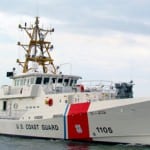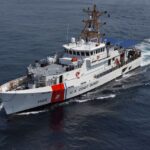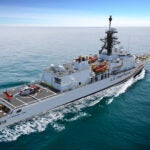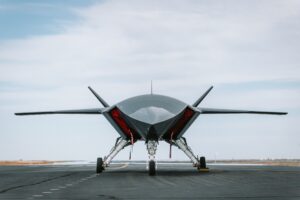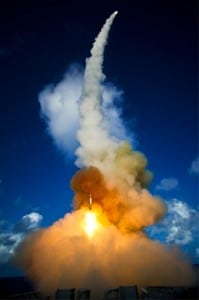
A successful test last week of the Aegis ballistic missile defense system and its Standard Missile-2 (SM-2) Block IV interceptor opens the door to new capabilities and missions for the venerable defensive system, showing clearly that it can take on shorter-range missiles in their final downward ballistic plunge toward a target. Riki Ellison, the Missile Defense Advocacy Alliance president, sees an expanded role for the Aegis/SM system, especially in countering rapidly escalating terrorist and rogue- state threats. Separately, a high-ranking…

